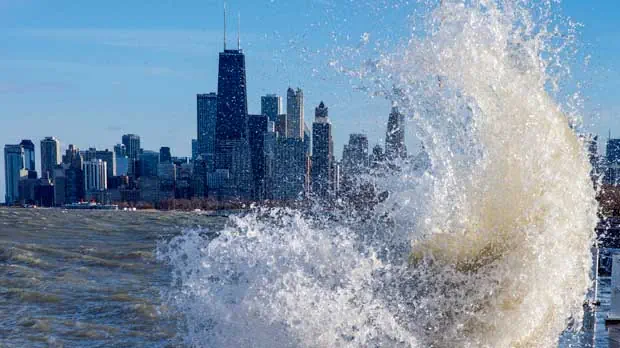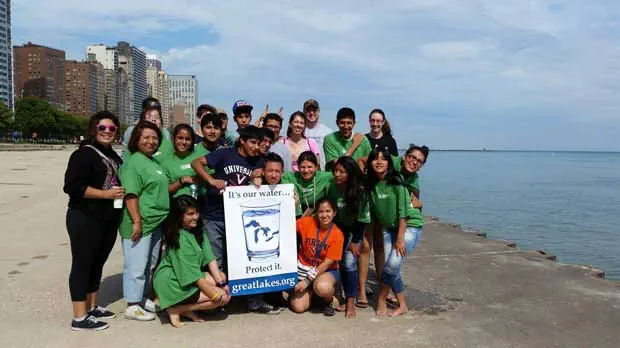
By Alexandra Fradelizio | m/Oppenheim Media Writer
Six quadrillion gallons of water form the interconnected and closed systems of the Great Lakes. The massive lakes are home to hundreds of animal and plant species as well as diverse communities of individuals who rely on its water for business and recreation. However, constant threats to the water of the Great Lakes has prompted efforts to conserve the region for future generations.

“We’re here to protect and restore that resource and do it with the support and help of other people that live in this region,” said Joel Brammeier, President and Chief Executive Officer of the Alliance for the Great Lakes, on the ecosystem’s water supply.
Originally founded in 1971 as the Lake Michigan Federation, the organization was established when pollution was initially being recognized as impacting the health of people. The decision to change the name echoes the organization’s desire to protect all of the Great Lakes as well as the different individuals and cultures that constitute the region.
Throughout its history, the Alliance for the Great Lakes has led in implementing initiatives designed to preserve the lakes. In addition to spearheading a federal ban on plastic microbeads that previously infiltrated the lakes’ waters, the organization also aided in constructing the Great Lakes Water Resources Compact. The landmark agreement was “really critical in confirming our water supply will be protected and preserved here in place today and for future generations,” explained Brammeier.
The successes in preservation efforts is due in large part to community volunteers. The Alliance for the Great Lakes offers a number of volunteer programs that allow both youth and adult citizens to learn more about the complex ecosystems of the Great Lakes. In particular, the Adopt a Beach program recruits thousands of volunteers to reduce levels of pollution by cleaning up beaches that surround the lakes.

Brammeier claims these programs help to raise awareness regarding the current situation of the Great Lakes. The presence of toxic algae in the summer months and a failing water infrastructure limit the supply of safe drinking water for both individuals and businesses.
“One of the reasons we exist is because problems are hard to solve,” said Brammeier.
“We’re here because the Great Lakes face systemic challenges that are complicated and don’t have solutions.”
In addition to environmental issues, the Alliance for the Great Lakes faces obstacles due to the current government administration, but Brammeier remains confident the organization’s bipartisan stance will adequately address the issues present within the ecosystem.
“Regardless of what might divide voters and interest groups in the country, clean water is a unifying value,” he stated.
“We keep defending the great progress we’ve made and look forward to the continuing and growing support from the people in the region.”
Despite an expected decrease in government funding, Brammeier and the staff for the Alliance for the Great Lakes seek to pass more state policies in their efforts to preserve the lakes. In order to support the citizens of the Great Lakes, the organization also plans to stop invasive species and give communities the tools needed to create safe water.

Brammeier remains thankful to the citizens of the Great Lakes who understand the importance of the region. As a child who regularly visited the lakes with his family, he quickly learned to appreciate “the value of water” as being “core to our identity.”
Ultimately, the Alliance for the Great Lakes relies on the support and efforts of the region’s community in creating a safer ecosystem for generations to come.
Learn more about the Alliance for the Great Lakes and Donate.
